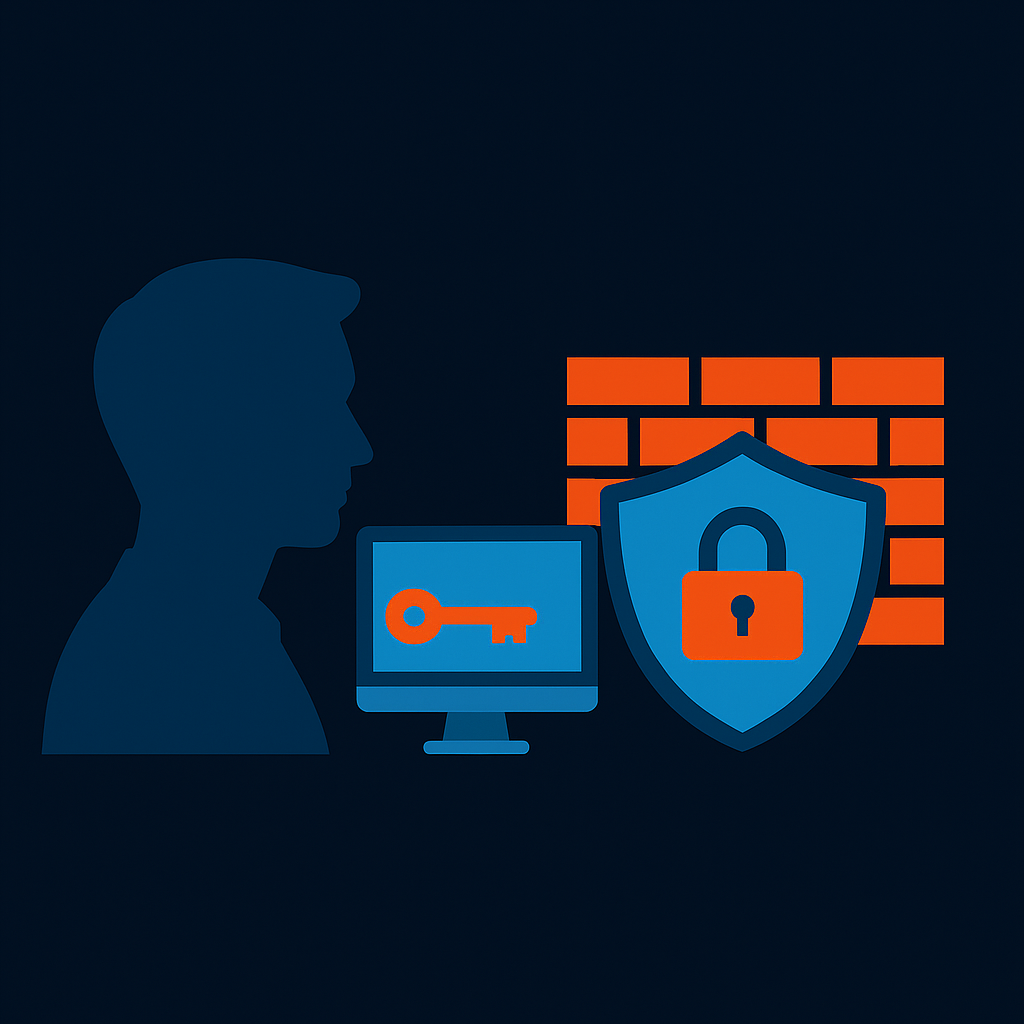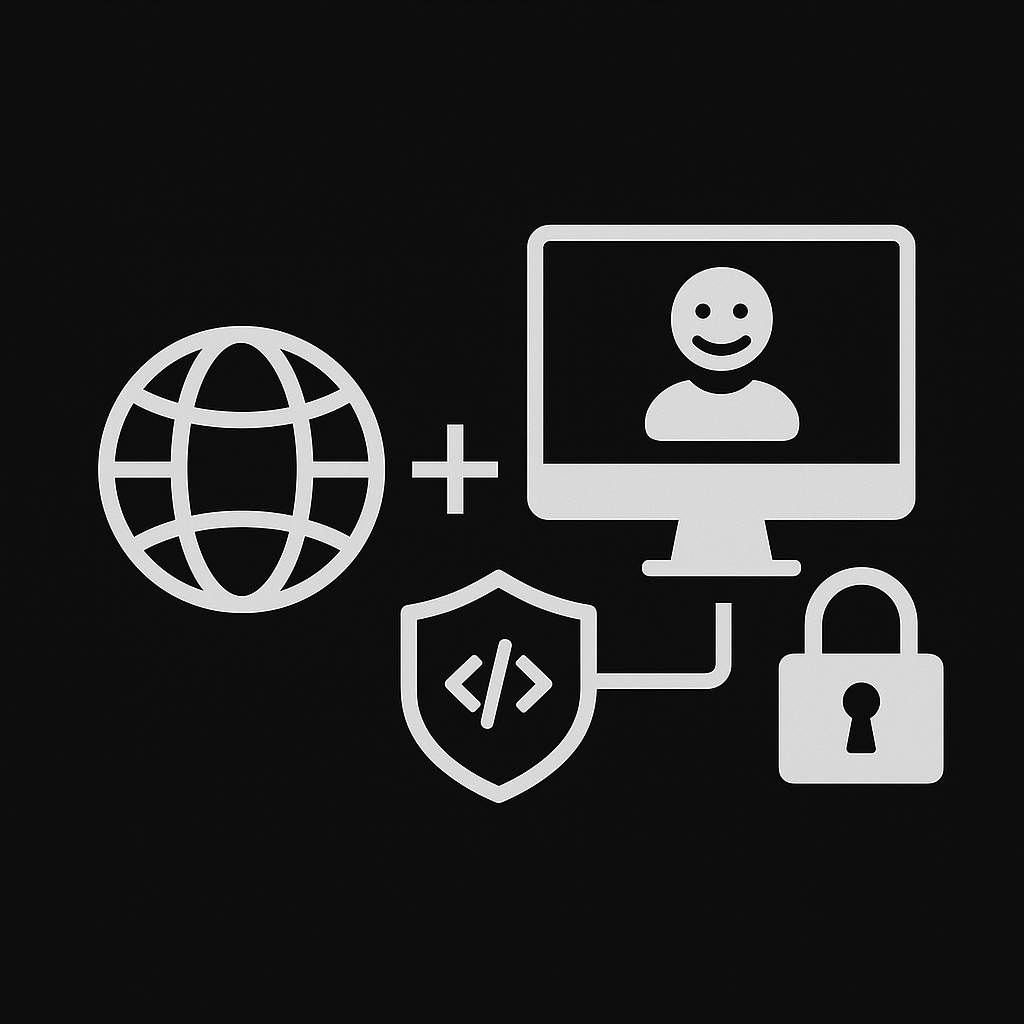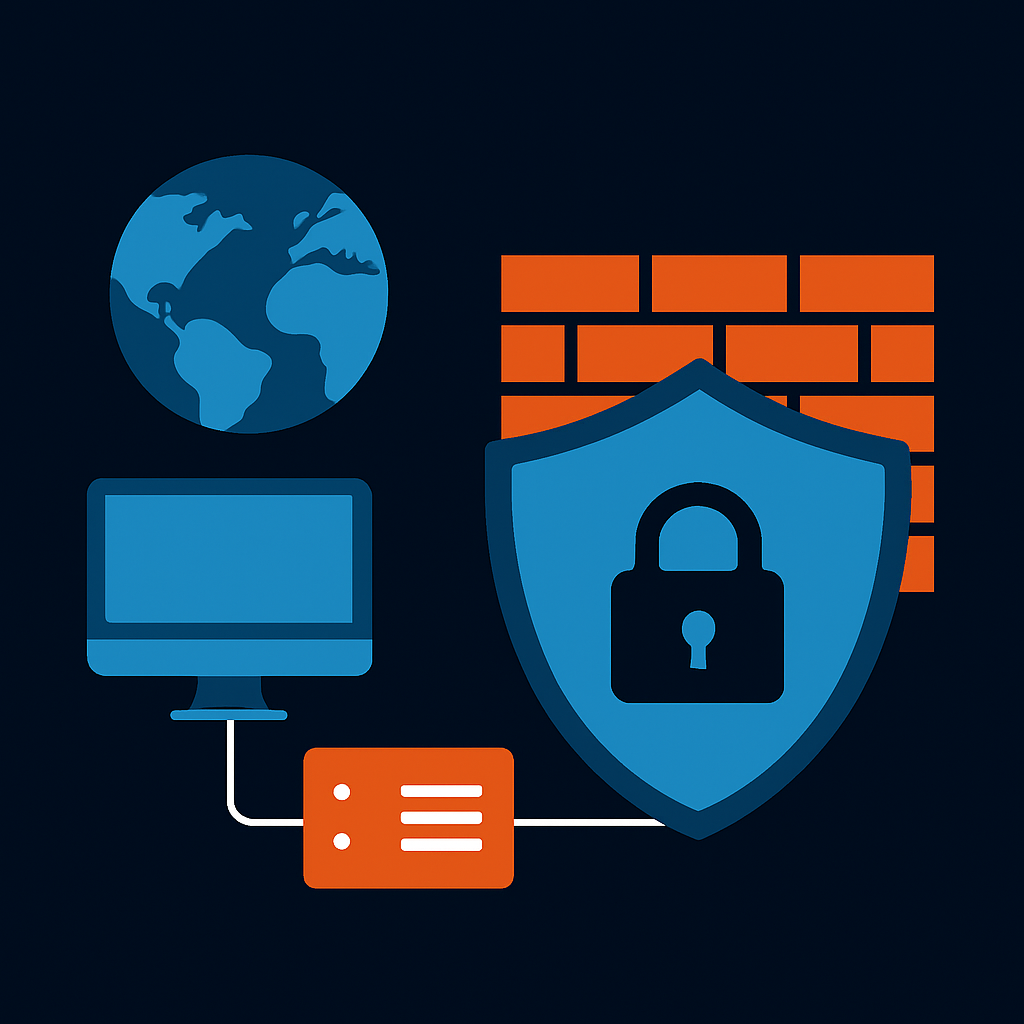Welcome back! In our last session, we dipped our toes into the vast ocean of cybersecurity, getting familiar with some foundational terms. Today, we’re going deeper, exploring the frameworks that define modern cyber attacks and defenses. Think of this as moving from learning the alphabet to writing your first story—a story of attack, defense, and the intricate dance in between.
The Anatomy of an Attack: Understanding the Cyber Kill Chain
Let’s start with a foundational concept developed by aerospace and defense giant Lockheed Martin: the Cyber Kill Chain. It’s a framework that breaks down a typical cyber attack into seven distinct phases. While it’s not the only model out there—we’ll touch on the more comprehensive MITRE ATT&CK framework later, it provides a clear, linear path to understanding an attacker’s mindset.
So, what does this journey look like from an attacker’s perspective?
1. Reconnaissance: It all begins with information gathering. The attacker is like a scout, quietly observing the target, learning everything they can without making a sound.
2. Weaponization: With intelligence in hand, the attacker prepares their tools. This could be crafting a malicious file or finding the right exploit for a known vulnerability.
3. Delivery: The weapon is sent to the target. This is often an email with a malicious link or an infected attachment.
4. Exploitation: The target interacts with the delivered weapon—clicking the link, opening the file—which triggers the malicious code.
5. Installation: The malware installs itself on the victim’s system, establishing a foothold.
6. Command & Control (C2): The malware “phones home,” creating a two-way communication channel between the compromised system and the attacker. This allows the attacker to issue commands and control the system remotely.
7. Actions on Objectives: With control established, the attacker finally pursues their goal, whether it’s stealing data, disrupting operations, or gaining deeper access to the network.
If we visualize this process, we can see that defense isn’t just about having a strong wall. We need to be able to detect and disrupt the attack at any of these seven stages. The earlier, the better.
This linear model is a great starting point, but the reality of cyber threats is often more complex. That’s where frameworks like MITRE ATT&CK come in. It offers a much more detailed and comprehensive matrix of tactics and techniques used by adversaries, covering everything from initial access to lateral movement and data exfiltration. It’s considered one of the most complete references we have today.
The Human Element: Ethical Hacking vs. Malicious Hacking
Now that we understand the structure of an attack, let’s talk about the people involved. We often hear the terms “hacker” and “ethical hacker” used, sometimes interchangeably, but they represent two vastly different worlds.
A malicious attacker operates under constraints. They have to find their way into a system with no prior knowledge and often without the right tools pre-installed. They’re working in the dark.
An ethical hacker, or penetration tester, on the other hand, operates with permission. They are hired by an organization to simulate an attack and find vulnerabilities before a real adversary does. They often have more information and fewer restrictions because the goal isn’t to cause harm, but to strengthen defenses. They sign contracts and Non-Disclosure Agreements (NDAs), committing to confidentiality and professionalism. Their objective is clear: identify weaknesses and help fix them.
The process of an ethical hacking engagement typically follows these steps:
• Consultation: Understanding the client’s needs and concerns.
• Agreement: Signing contracts, including an NDA.
• Information Gathering & Testing: The actual assessment and vulnerability discovery.
• Reporting: Delivering a detailed report of the findings and providing actionable recommendations.
This distinction is crucial. Ethical hacking is a proactive, structured, and authorized process designed to improve security, not undermine it.
Building a Fortress: The Principles of Strong Defense
So, how do we build our defenses? It starts with recognizing that threats can come from anywhere. They can be natural disasters, physical security breaches, human error, or sophisticated cyber attacks like phishing and password guessing. Defense, therefore, cannot be one-dimensional.
Security Policies: The Rules of the Road
One of the most fundamental layers of defense is a strong set of security policies. These are the rules and guidelines that govern how an organization protects its assets. Think of a Password Policy that mandates complex passwords, a Physical Security Policy that controls access to buildings, or an Incident Response Plan that dictates how to handle a security breach. These policies might seem like they create limitations, but their true purpose is to elevate security and ensure business continuity.
Physical security, in particular, is an area that is often overlooked. It covers everything from controlling entry and exit points to ensuring that a receptionist’s computer screen isn’t visible to visitors in the lobby. It’s about being mindful of who can see or hear sensitive information within the organization’s physical space.
Penetration Testing: Stress-Testing Your Defenses
How do you know if your defenses actually work? You test them. This is where penetration testing (pen testing) comes in. It’s a simulated attack designed to evaluate the security of a system or network.
There are two common types of security assessments:
• Vulnerability Assessment (VA): This is a broad but shallow scan across an entire organization. Its goal is to identify and list potential vulnerabilities.
• Penetration Test (Pentest): This is a narrow but deep dive. It focuses on a small scope (like a single application) and attempts to exploit identified vulnerabilities to determine the real-world risk they pose.
Pen tests are further categorized by the amount of information given to the tester:
• Black Box: The tester has zero information, just a target name or IP address. This closely simulates an external attacker.
• White Box: The tester has full information, including source code, admin credentials, and network diagrams. This is often used for in-depth code reviews.
• Gray Box: This is the most common approach. The tester is given partial information, like a standard user account or a map of the internal network, simulating an insider threat or an attacker who has already breached the perimeter.
The exact parameters are always defined in the contract, ensuring everyone is on the same page about the rules of engagement.
The Modern Battlefield: Red Teams, Blue Teams, and Threat Intelligence
In recent years, the cybersecurity landscape has evolved to embrace a more dynamic and adversarial approach to defense. This has given rise to the concepts of Red Teams and Blue Teams.
• The Blue Team is the defense. They are the ones configuring firewalls, monitoring logs, managing security tools, and responding to incidents. They build and maintain the fortress.
• The Red Team is the offense. Their job is to simulate the tactics, techniques, and procedures (TTPs) of real-world adversaries to test the Blue Team’s detection and response capabilities.
However, a mature Red Team doesn’t just throw random attacks at the wall to see what sticks. Their work should be guided by Threat Intelligence—a deep understanding of the threat landscape. Threat intelligence involves knowing yourself, knowing your enemies, and understanding who might want to attack you and why.
For example, a financial institution should study hacking groups known for targeting banks. What tools do they use? What are their common attack vectors? The Red Team then simulates these specific threats. This makes the exercise far more valuable, as it prepares the Blue Team for the attacks they are most likely to face.
The ultimate goal of a Red Team exercise isn’t to prove that the Blue Team can be beaten. The Red Team should always be in service of the Blue Team. The objective is to identify gaps in defense and elevate the Blue Team’s skills, making the entire organization more resilient. It’s a collaborative effort, not a competition.
Thinking in Layers: The Power of Defense in Depth
If there’s one core principle to take away, it’s Defense in Depth. Imagine two castles. One has a single, massive, imposing wall. The other has multiple, smaller walls, a moat, and guards at every level. Which is more secure?.
The second one, of course. That’s Defense in Depth. It’s the philosophy that security should be layered. It acknowledges that no single defense is perfect. Your firewall might fail, an employee might click a phishing link, or an antivirus might miss a new threat. By implementing multiple layers of security—technical controls, administrative policies, and physical safeguards—you ensure that if one layer is breached, another is there to stop or slow down the attacker.
This multi-layered approach also applies to how we handle risk. Sometimes a vulnerability can’t be patched immediately. For instance, a critical database server might be running an old, vulnerable version of Oracle because the application it supports isn’t compatible with a newer one. In this case, you can’t eliminate the risk by patching. Instead, you mitigate it by adding other layers of defense, like blocking the vulnerable port on the firewall and intensely monitoring all traffic to that server. Other times, a business might choose to accept a risk because the cost of fixing it outweighs the potential impact.
The key is to make a conscious, informed decision based on a thorough understanding of your assets, the threats against them, and the available countermeasures. This structured process of identifying assets and mapping threats to them is known as Threat Modeling. It’s a proactive way to design security into your systems from the very beginning.
The Journey Begins with a Single Step: The Power of Reconnaissance
As Abraham Lincoln famously said, “Give me six hours to chop down a tree and I will spend the first four sharpening the axe”. In cybersecurity, sharpening the axe is information gathering, also known as footprinting or reconnaissance. It is the most critical phase of any attack or ethical hacking engagement.
In this phase, we aim to collect as much data as possible about our target from the outside, just using publicly available information. We’re looking for IP addresses, domain names, employee emails, phone numbers, technologies in use—anything that can be used in later stages of an attack. We will use search engines like Google, social media, DNS records, and specialized tools to build a comprehensive profile of our target.
The most important tools in this phase? Patience and persistence. You might have to sift through hundreds of pages of search results to find that one crucial piece of information. The attacker who gives up after the first few attempts is the one who fails. The one who persists is the one who finds a way in.
As we move forward, we’ll put this into practice. We’ll pick a target and begin the process of information gathering, using real tools and techniques to see what we can uncover. Remember, every piece of data is a potential piece of a puzzle. Our job is to find the pieces and see what picture they form. The journey into the mind of an attacker starts here.



